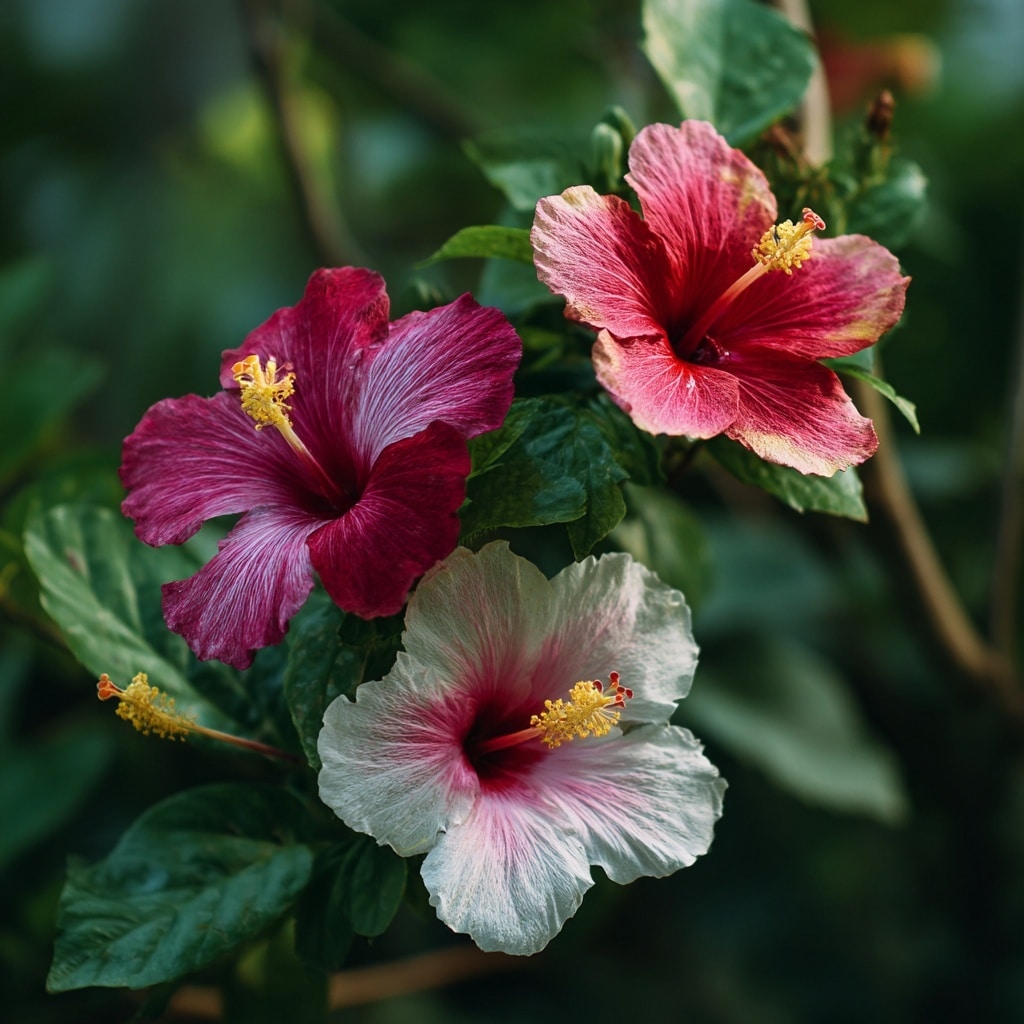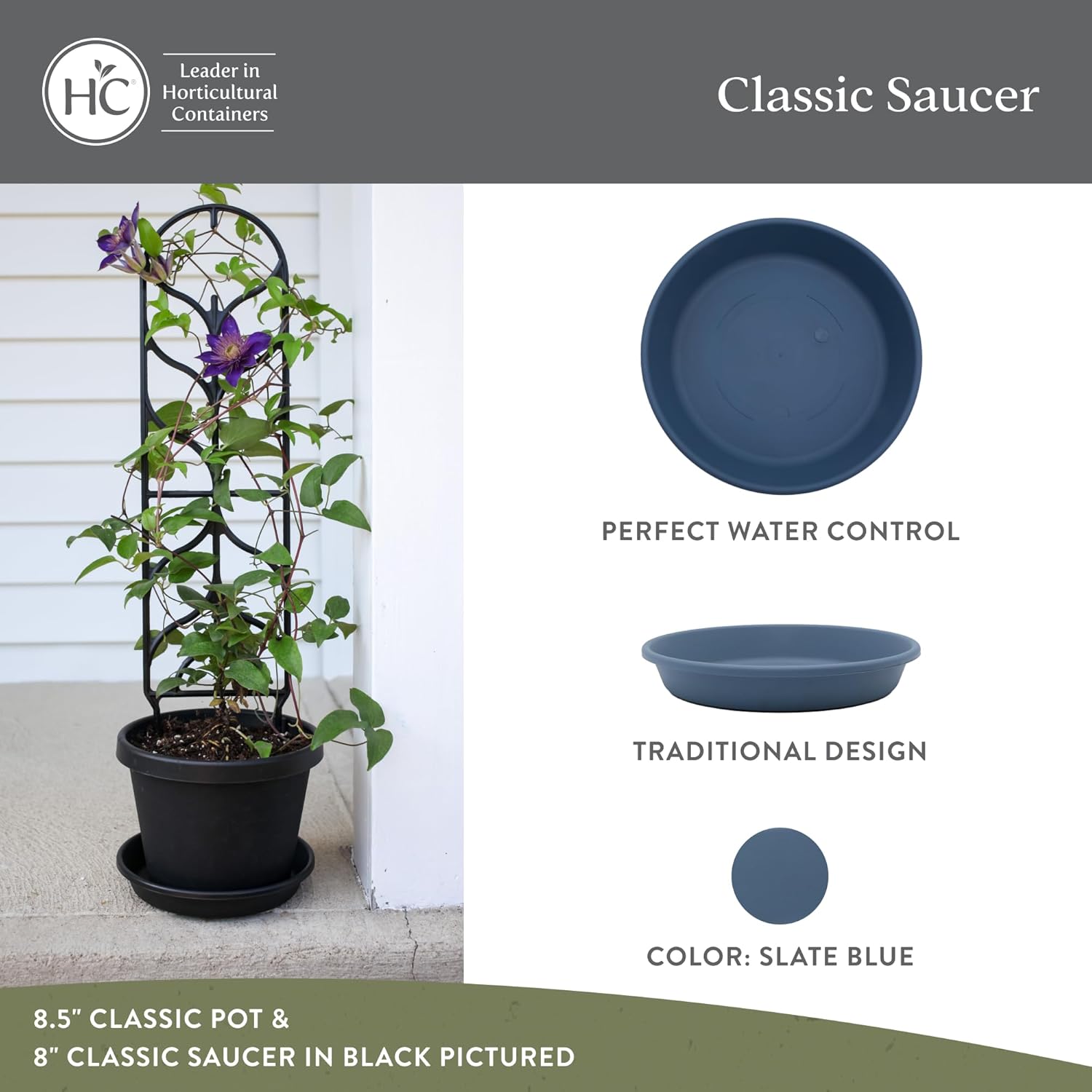Hibiscus is one of the most eye-catching flowers you can grow, and when it blooms, your garden transforms into a tropical haven. Known for its bold petals and vibrant colors, hibiscus holds a special place in many gardeners’ hearts. But understanding the hibiscus blooming season and how to care for these delicate flowers is key to keeping them healthy and flowering longer.
In this article, we’ll cover seven essential facts about hibiscus flower season—plus practical care tips to help your plants thrive whether you live in a tropical climate or colder zone.
Table of Contents
1. Hibiscus Blooming Season Depends on the Variety
Not all hibiscus plants bloom at the same time—timing varies widely depending on the species and your local climate. The three most popular types you’ll come across are tropical hibiscus, hardy hibiscus, and Roselle hibiscus, each with its own flowering habits.
- Tropical hibiscus (Hibiscus rosa-sinensis) is the showstopper of warm climates. It thrives year-round in areas like Florida, Hawaii, or Southeast Asia. Its bloom season typically peaks in summer and autumn but can continue almost continuously with the right conditions.
- Hardy hibiscus (Hibiscus moscheutos), native to North America, is better suited for temperate zones. It bursts into bloom from late spring through early autumn and is known for its large, dramatic flowers in white, pink, or deep red.
- Roselle hibiscus (Hibiscus sabdariffa) is famous for its culinary uses—especially hibiscus tea. Its blooms emerge in late summer to early fall and last only a day, but the bright red calyces they leave behind are what most growers are after.
Understanding your hibiscus variety will help you set realistic expectations for its flowering season and tailor care accordingly.
2. Each Hibiscus Flower Lasts Only One Day
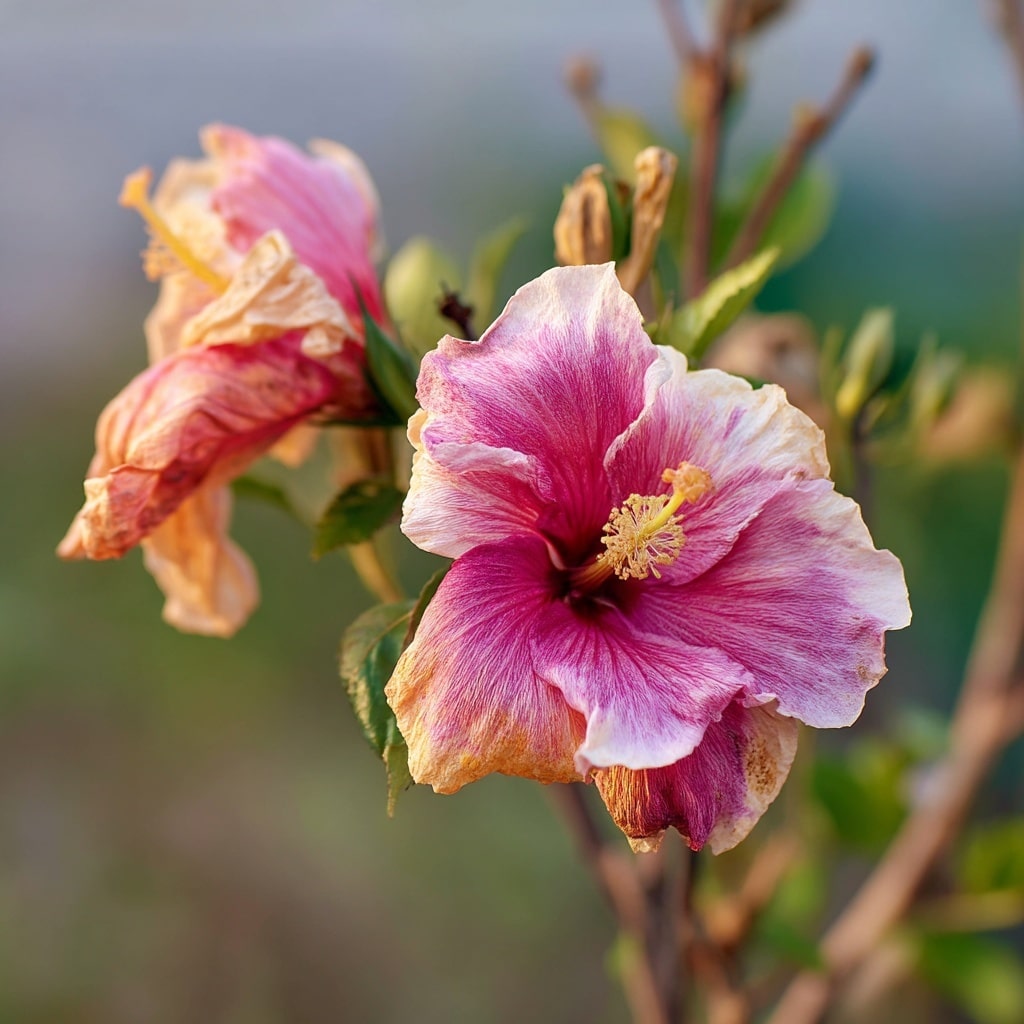
One of the most fascinating—and sometimes disappointing—facts about hibiscus is how fleeting each flower is. Most hibiscus blooms open in the morning and wither by nightfall, completing their entire life cycle in a single day.
But don’t worry—this isn’t a sign of poor plant health. It’s just how hibiscus functions. The plant compensates by producing new buds daily, often creating a non-stop bloom cycle throughout the season. When properly cared for, a healthy hibiscus can give you dozens of blooms over several weeks or even months.
This rapid blooming cycle is a natural energy-saving adaptation. Instead of investing in long-lived flowers, the plant focuses on continual new growth, which is why it’s so important to support hibiscus with good nutrition and the right growing conditions.
Regular watering, balanced fertilizer, and consistent sunlight are your best tools to keep those buds coming.
3. Warmer Climates Extend the Blooming Period
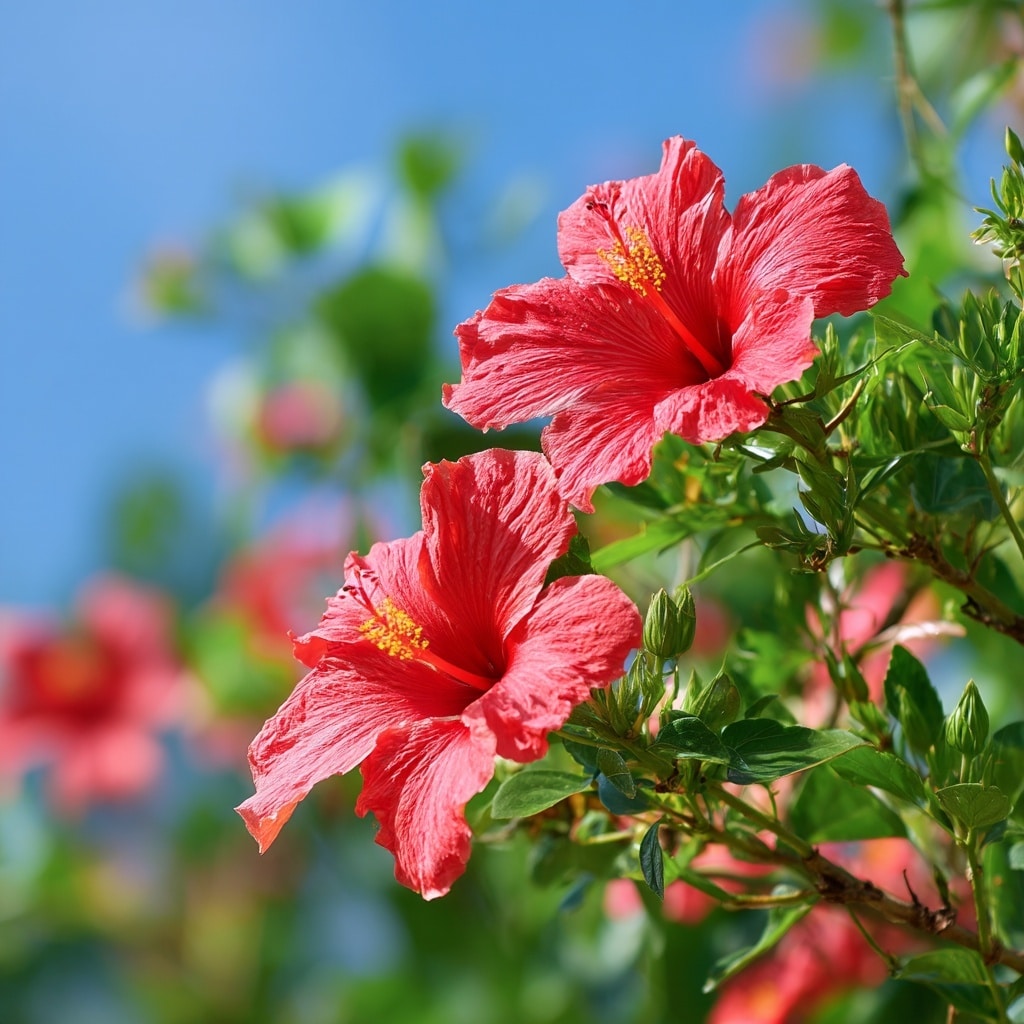
If you live in a warm, humid region, you’re in luck—hibiscus thrives in these conditions and rewards you with a longer blooming season. In tropical and subtropical zones, hibiscus can flower almost year-round with consistent care. The warmer the climate, the longer and more frequent the blooms.
On the other hand, gardeners in cooler regions may only see blooms from late spring through early fall. As temperatures dip below 50°F (10°C), many hibiscus varieties slow down or go completely dormant.
The ideal temperature range for continuous blooming is between 68–86°F (20–30°C). Humidity also plays a role. Hibiscus prefers moderate to high humidity, similar to what you’d find in places like Southeast Asia, the Caribbean, or southern U.S. states.
If you’re in a cooler climate, consider moving your hibiscus indoors or into a greenhouse during colder months to extend its blooming period and prevent damage from frost.
4. Hibiscus Needs Warm Temperatures to Bloom

Temperature is one of the most critical factors in encouraging hibiscus to flower. These plants are true heat lovers. They bloom best when daytime temperatures sit comfortably between 65–85°F (18–29°C). Anything lower than that can slow bud development or halt blooming altogether.
When temperatures drop below 50°F (10°C), tropical hibiscus varieties begin to struggle. They may lose leaves, stop flowering, or enter full dormancy until conditions warm up again. In frost-prone areas, leaving hibiscus outdoors unprotected can even be fatal.
To keep your hibiscus blooming strong:
- Avoid exposing it to cold drafts or sudden drops in temperature.
- Bring potted plants indoors before the first frost.
- Use mulch around garden hibiscus to insulate roots.
If your climate doesn’t consistently support warm temperatures, consider growing your hibiscus in containers. That way, you can easily move it indoors or to a warmer microclimate when needed.
5. Daylight Affects When Hibiscus Flower Blooms
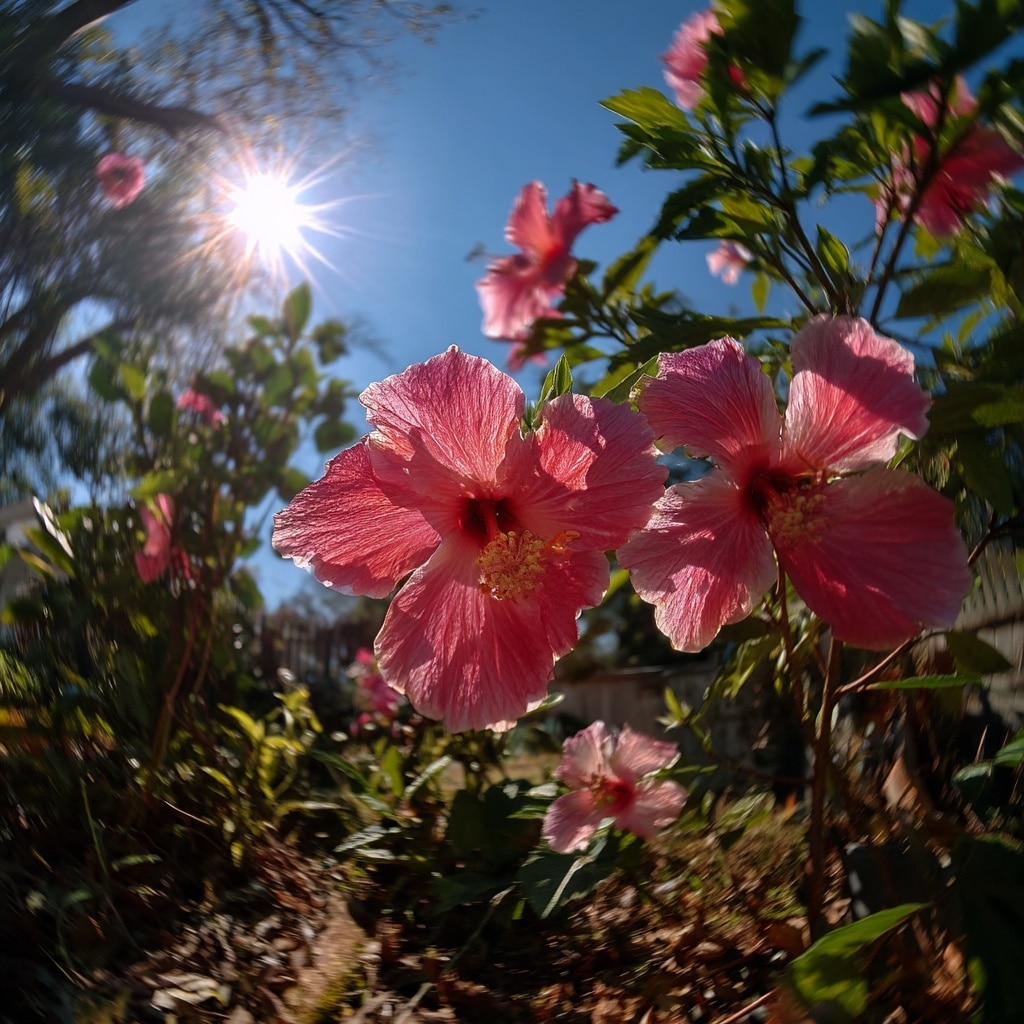
Sunlight isn’t just nice for your garden—it’s absolutely essential for hibiscus to bloom. These plants need at least 6 hours of direct sunlight per day to produce vibrant, healthy flowers. Without enough light, you’ll notice fewer buds, leggy stems, and dull foliage.
Longer daylight hours, especially in spring and summer, stimulate the plant’s internal signals to start flowering. As the days shorten in autumn and winter, many hibiscus varieties naturally reduce blooming or go dormant.
To keep blooms coming:
- Position your hibiscus in a south-facing spot outdoors or near a sunny window indoors.
- If growing indoors during shorter days, consider using grow lights (especially full-spectrum red/blue) to supplement.
- Avoid overly shady areas—hibiscus is sun-hungry.
Maximizing daylight exposure is one of the simplest and most effective ways to encourage strong and consistent blooming throughout the season.
6. Regular Pruning Encourages Longer Flowering
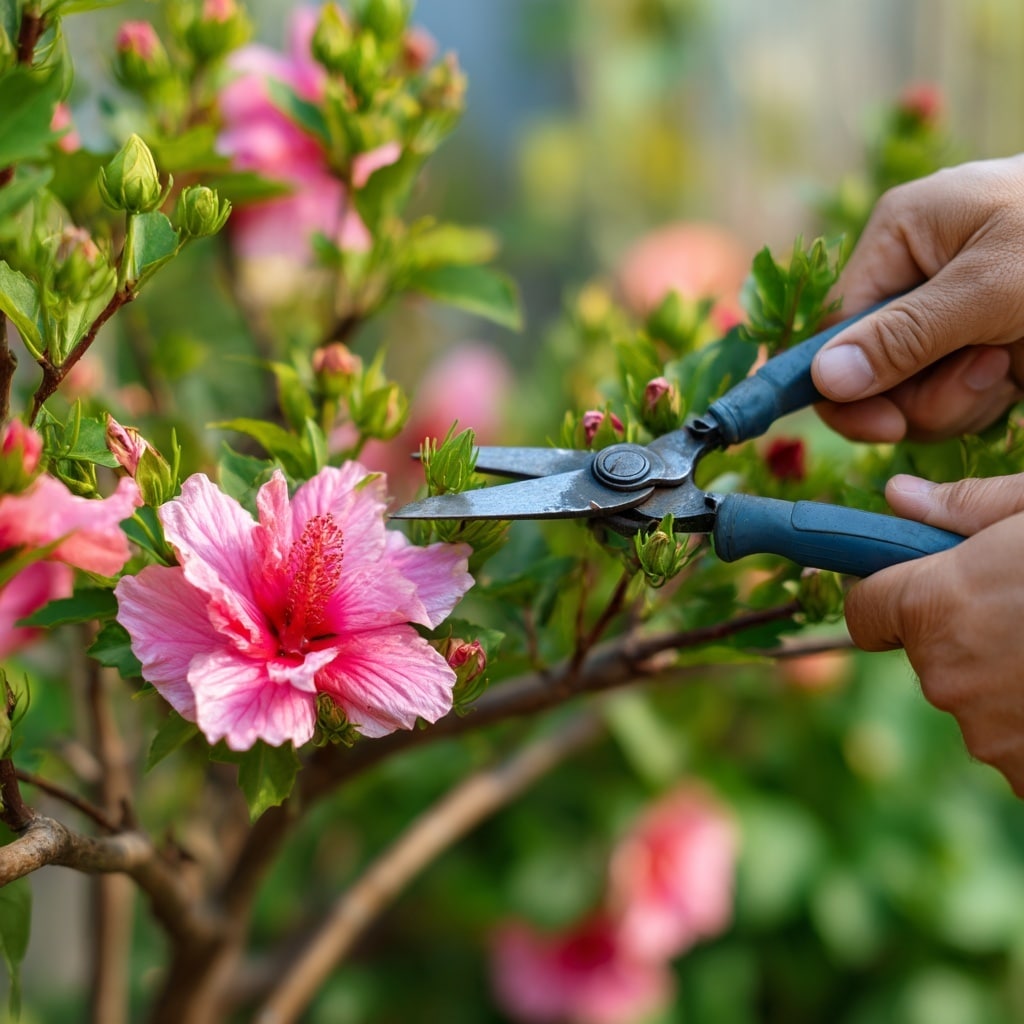
If you want your hibiscus to produce more blooms over a longer period, don’t skip pruning. Regular, gentle pruning helps redirect the plant’s energy into new growth—where flowers form—rather than old or weak stems.
Here’s why pruning matters:
- It stimulates new branches, which are the sites where buds appear.
- Removes dead or unproductive wood, improving airflow and overall plant health.
- Prevents legginess, keeping your plant compact and fuller, especially in containers.
Experts recommend cutting back about 20–30% of the plant in early spring or after a blooming cycle ends. This rejuvenates the hibiscus and sets the stage for another flush of flowers.
Also, don’t forget about deadheading—removing spent flowers. This encourages the plant to form new buds instead of focusing on seed production.
Tip: Use sharp, clean shears to make clean cuts, and prune just above a node (where leaves or buds grow) to trigger strong new growth.
7. Potted Hibiscus Can Bloom Indoors
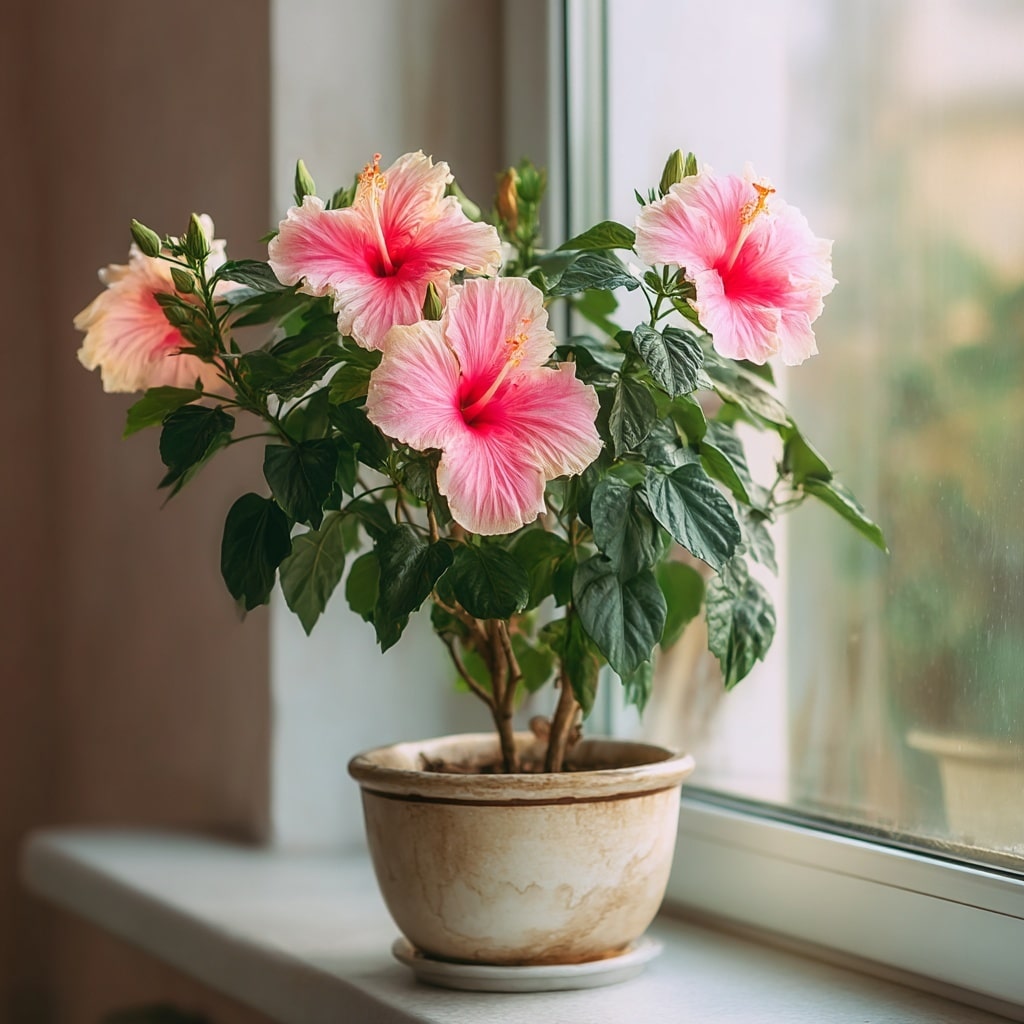
If you live in a region with cold winters or limited outdoor space, growing hibiscus in pots is a great solution—and yes, they can bloom beautifully indoors too! With the right setup, you can enjoy flowers even when it’s freezing outside.
Indoor blooming success depends on mimicking the plant’s natural environment:
- Place your hibiscus near a bright window with direct sunlight for at least 6 hours a day.
- Maintain warm indoor temperatures, ideally between 65–75°F (18–24°C).
- Use grow lights if natural light is insufficient—especially in winter or cloudy climates.
- Avoid overwatering—indoor pots dry out more slowly, so let the top inch of soil dry before watering again.
Also, make sure the pot has good drainage to prevent root rot. Choose a container that allows the roots to breathe and room to grow.
With a bit of effort, your indoor hibiscus can bloom all year long, adding a tropical flair to your space—even in the dead of winter.
Conclusion
Hibiscus may be known for its short-lived blooms, but with the right care, these stunning flowers can become a long-lasting highlight in your garden or home. Whether you’re nurturing tropical varieties outdoors or keeping hardy types thriving in pots, understanding the hibiscus blooming season gives you the tools to get the best results.
From choosing the right variety to providing warmth, sunlight, and regular pruning, every detail plays a role in how long and how often your hibiscus will flower. With a little patience and attention, you’ll enjoy a vibrant display of color that keeps coming back season after season.

